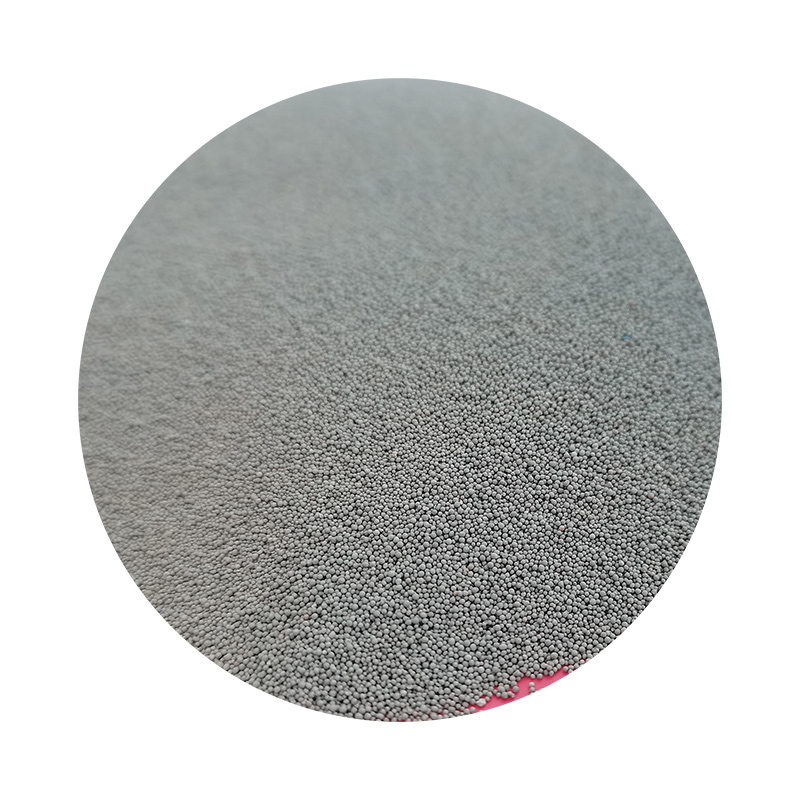The History and Evolution of Sand Casting
Sand casting is one of the oldest and most widely used metal casting processes in the world. Its origins can be traced back to ancient civilizations where artisans utilized the abundant natural resource of sand to create molds for metal objects. The process has undergone significant transformations over millennia, yet its fundamental principles remain remarkably consistent.
The History and Evolution of Sand Casting
As civilizations progressed, so did the techniques of sand casting. In ancient Rome, for example, the process was refined to create larger and more complex forms, including statues and architectural components. The Romans developed clay-bonded sands that improved the quality of the molds, enabling them to achieve finer details and smoother finishes. Their innovation laid the groundwork for future advancements in metalworking and casting.
when was sand casting invented

During the Middle Ages, sand casting continued to evolve, particularly in Europe. Blacksmiths and metalworkers of this era began to experiment with various sand mixtures and bonding agents, such as clay and water, to enhance mold durability. These developments led to the mass production of cast iron goods, which became vital for the burgeoning industries of that time. The invention of the blast furnace further revolutionized the industry, allowing for the production of larger quantities of molten iron, which was indispensable for construction and machinery.
The Industrial Revolution in the 18th and 19th centuries marked a turning point for sand casting. Technological advancements, including the introduction of steam power and mechanized tools, drastically changed the landscape of manufacturing. Sand casting became more efficient, allowing for rapid production of complex components necessary for machines, vehicles, and other industrial applications. Foundries began to implement more sophisticated molding techniques, including the use of core boxes and split molds, to enhance precision and repeatability.
Today, sand casting is still a cornerstone of manufacturing, especially in industries such as automotive, aerospace, and art. Modern sand casting employs new technologies, such as computer-aided design (CAD) and 3D printing, to improve mold creation and reduce lead times. The process is valued for its versatility, cost-effectiveness, and ability to produce large parts with intricate geometries that would be challenging to achieve through other methods.
In conclusion, the foundation of sand casting was laid in ancient history as a simple yet effective method for producing metal objects. From its humble beginnings in ancient Egypt to its critical role in the Industrial Revolution, sand casting has continually adapted to meet the needs of society. Its enduring significance in contemporary manufacturing highlights the importance of this ancient technique that has stood the test of time. As technology continues to progress, sand casting remains an essential process, demonstrating the resilience and ingenuity of human craftsmanship throughout history.
Post time:Ira . 22, 2024 07:36
Next:applications of sand casting process
